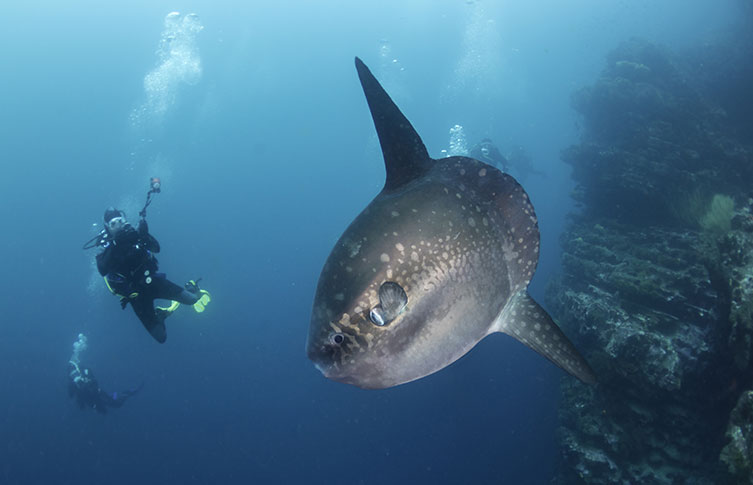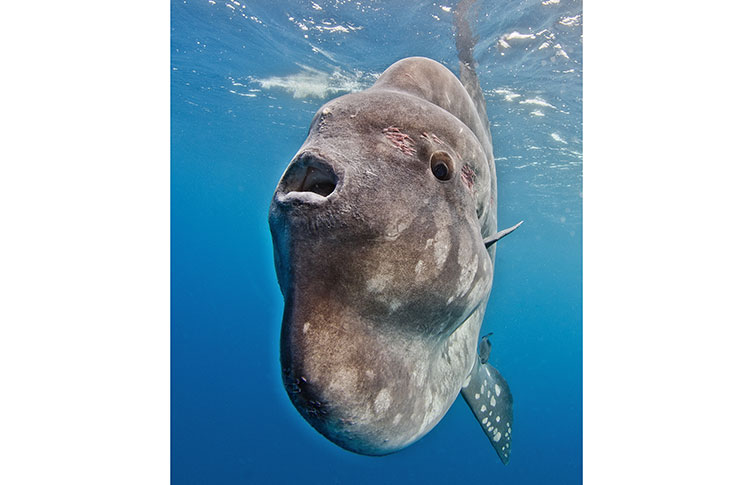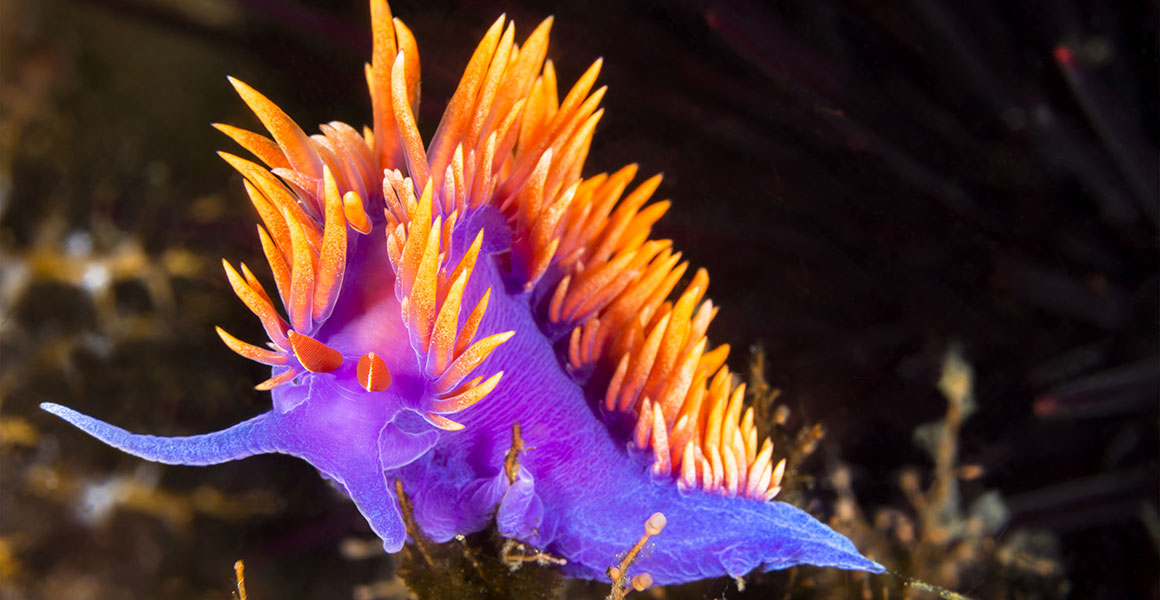Discover how our conservation team took on the challenge of restoring a scientifically irreplaceable - but very old - sunfish specimen.
Watch Lu Allington-Jones reveal what surprises the fish had in store for the team.
Fixing a fish
On 12 December 1882, an enormous sunfish was collected by Australian zoologist Edward Ramsay after it was found aground in Sydney Harbour. According to ichthyologist Gilbert Whitley in 1931, the now irreplaceable specimen had to be rescued from 'some fools' who had begun to hack at the giant with axes.
But sometime after being liberated from its axe-wielding assailants, and because it was in good enough condition, the sunfish was donated to the Museum in 1883.
The fish is scientifically significant as a type specimen, used as a frame of reference for any potentially new sunfish species.
At 135 years old, however, the specimen was bursting apart and too heavy to move around when needed for research. To stay well preserved for the future, the fish required some care and restoration.
The conservation team began by humidifying the thick skin and removing the old straw stuffing. They then created an internal frame to support the body, and the engineering team developed an external frame to hang it.

Mola is Latin for 'millstone'. This is in reference to the sunfish's large, circular body. © wildestanimal/ Shutterstock
Using Japanese tissue paper and wheat starch paste, conservators repaired the splits in the skin and redid the stitching that holds the fish together. The outside of the skin was carefully cleaned using benzyl alcohol.
The treatment of the fish took over a year to complete.
Among the straw, the team came across a broken Victorian chair as well as a scrap of newspaper from the Sydney Morning Herald dated 26 January 1883. The newspaper is now in the Museum archives.
What is a sunfish?
Ocean sunfishes (Molidae) are found in almost all of Earth's temperate and tropical seas. There are at least five species of these unusual-looking fishes.
Some of the first reconstructions of these fish date back to the mid-1500s, published in some of the earliest illustrated books on fishes.
Unlike ordinary fishes, sunfishes have lost their tail fin, resulting in a distinct swimming style and back end that looks blunt and rounded.

The sunfish's circular, funnel-like mouth opening is the result of the upper and lower lips fusing on their sides © Tomas Kotouc/ Shutterstock
Sunfishes have been thought by some as leading somewhat inactive lives, as they have been recorded spending large portions of time floating motionlessly at the surface of the ocean.
But studies have suggested that the fish's 'sunbathing' behaviour may be for body temperature regulation. Sunfishes may spend time at the surface to warm up after hunting in deeper, cooler water for prey, such as jellyfish.
How big is a sunfish?
Sunfish can be huge. The species Mola mola, Mola alexandrini and Masturus lanceolatus can all reach up to three metres in diameter.
These enormous swimmers can weigh up to two tonnes, making them the world's largest and heaviest bony fishes - and also among the most bizarre. For example, as ocean giants that can grow to over 2 metres long and 2.5 metres tall, surprisingly, they begin their lives as just millimetres-long larvae. PhD student Sarah Alewijnse explains in the video below.
Update on 3 February 2020
This specimen was the holotype of Mola ramsayi. As of December 2017, this species was found to be synonymous with Mola alexandrini.

Dive in
Explore more about life below the waves.



Don't miss a thing
Receive email updates about our news, science, exhibitions, events, products, services and fundraising activities. We may occasionally include third-party content from our corporate partners and other museums. We will not share your personal details with these third parties. You must be over the age of 13. Privacy notice.
Follow us on social media